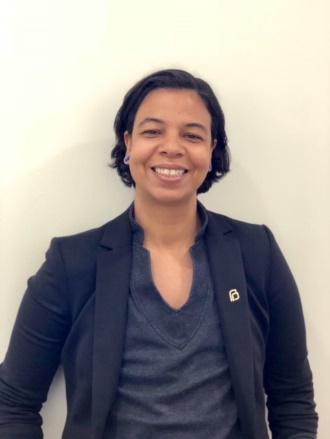[Paid content brought to you by Planned Parenthood of Illinois]
If I were to say that people only have black or blond hair, you wouldn’t believe me. You could easily look around and see people with brown and red hair, or even an endless spectrum of dyed hair. But, if everyone’s hair was hidden, you’d probably be less likely to dismiss my statement.
Especially if I was not they only person saying it and legal documents only had black or blond hair as options. What would (or could) a person with brown, red or dyed hair chose? What if they didn’t even have the option of choice and a doctor decided for them at birth based on whatever hair was visible at the time.
I’m sure this all sounds absurd, but it is what happens when we are all born. A doctor or midwife looks at our genitals and then marks either M or F. If the baby’s genitals are ambiguous in any way, the doctor (or sometimes the parents) makes a choice that’s largely based on convenience. Very rarely do legal documents allow for alternative options.
Every day we force people to fit into society’s notions of sex and gender.
Sex is not binary. Many people are born outside of the narrow definitions of male and female that are taught in high school biology. Some people are born with XXY chromosomes or XX chromosomes in some cells and XY in others. Some people are born with diverse hormone levels or sensitivities.
Some people are born with ambiguous genitalia or internal reproductive organs different from what textbooks describe. All of these examples fall in a spectrum that is considered intersex. A person may be identified as intersex from birth, make the discovery at puberty, or live their entire life without ever knowing.
An article in Teen Vouge titled, “Not All Bodies are Binary,” describes how being intersex, is as common as having red hair.
We would never say having red hair was abnormal, yet that is the exact way people discuss being intersex.
Gender is not binary, either. Gender is a person’s identity. It is how we connect to ideas of masculinity, femininity, and androgyny. Gender is not physical; it is a concept. It is how we think and feel. It is how we see our bodies regardless of what a mirror shows us. We know who we are. Some of us are men and some of us are women. Some of us do not identify with either, while others identify with both. Gender is a spectrum of endless possibilities. Yet many people are stuck with the M or F that a stranger assigned them in their first minutes of life. These people live in a binary world with only black and blond hair.
Identity is not democratic. We need to let people be who they are without inserting our opinions. We need to question our desire to make people fit into two small boxes. We have to stop the shame and stigma that forces people to be silent when they do not fit in these boxes. We are not entitled to have a say about another person’s identity.
Let’s accept and celebrate diversity. When people are free to be themselves, they are happier. Everyone deserves to be happy … even redheads.
For more information about intersex, gender and identity or to schedule a educational workshop visit www.ppil.org.
Deonn Strathman
Director of Community Engagement and
Adolescent Health Initiatives
Planned Parenthood of Illinois

